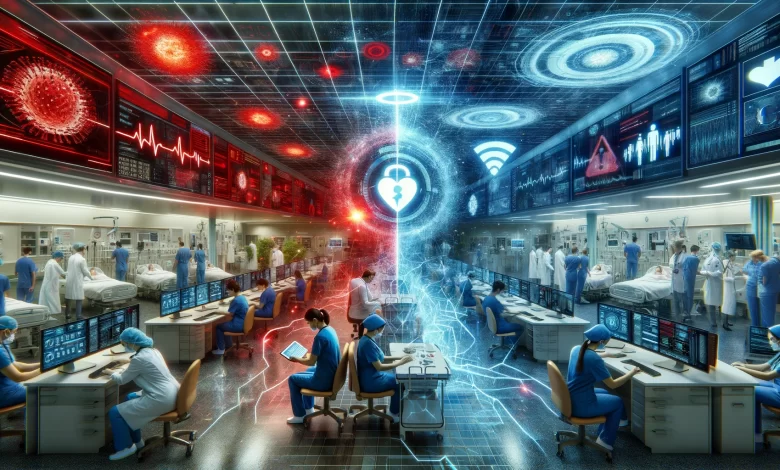Segmentation in Healthcare Cybersecurity Boils Down to Securing the Network and Protecting Patients

As healthcare institutions increasingly digitize their operations, the vulnerability of their networks to cyber breaches has highlighted the urgent need for robust cybersecurity measures. A recent Experts Talk discussion on cybersecurity risks in healthcare explores the pivotal role of network segmentation in fortifying these efforts. With patient data and healthcare service continuity at stake, the discussion underscores why overlooking healthcare cybersecurity is not an option.
Is network segmentation the key to defending our healthcare systems against cyber threats, or could it complicate patient care delivery?
Dr. Robin Berthier, CEO and Co-Founder of Network Perception, and Michael Isbitski, Director of Cybersecurity and Strategy at Sysdig, discuss the strategic implementation of network segmentation as part of a broader healthcare cybersecurity framework. Their insights are crucial for understanding how to shield healthcare networks effectively while maintaining operational efficiency.
Key takeaways from their discussion include:
- Essential Cybersecurity Strategy: Segmentation is fundamental to healthcare cybersecurity, similar to compartmentalizing sections of a ship to prevent it from sinking
- Security vs. Accessibility: Effective segmentation must secure networks without disrupting healthcare service delivery
- Comprehensive Access Controls: Implementing stringent access controls is vital for mitigating risks in the digital supply chain
- Complex Implementation Challenges: Proper segmentation requires careful planning to integrate strong security measures without impacting critical healthcare functions
- Patient Care Priority: Cybersecurity measures, including segmentation, must always consider their potential impact on patient care, ensuring that enhancements do not hinder service quality
Berthier and Isbitski illuminate the delicate balance required to integrate advanced cybersecurity tactics like segmentation within the healthcare sector, emphasizing the dual goals of safeguarding patient information and ensuring uninterrupted healthcare services.




